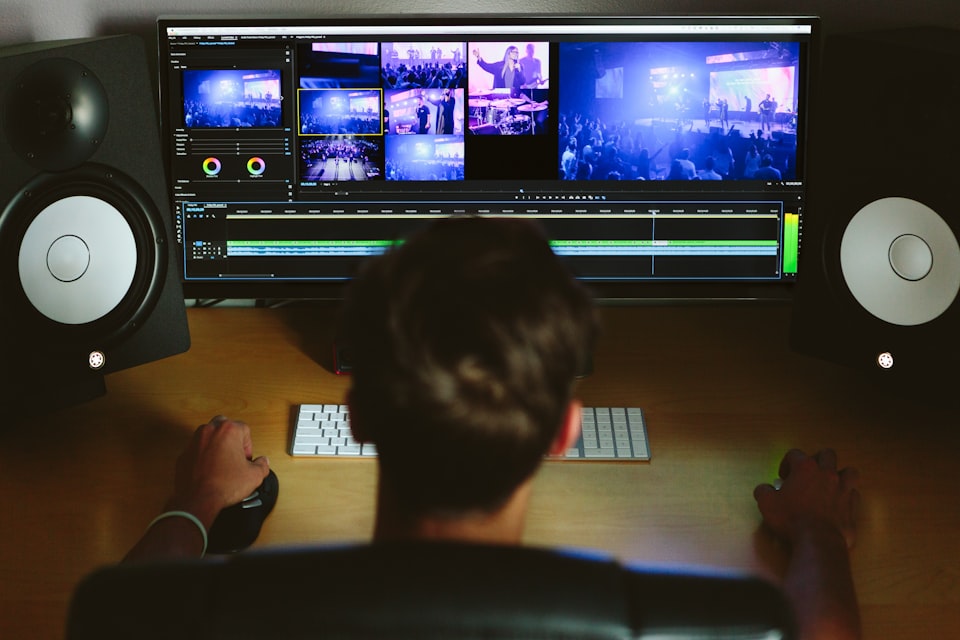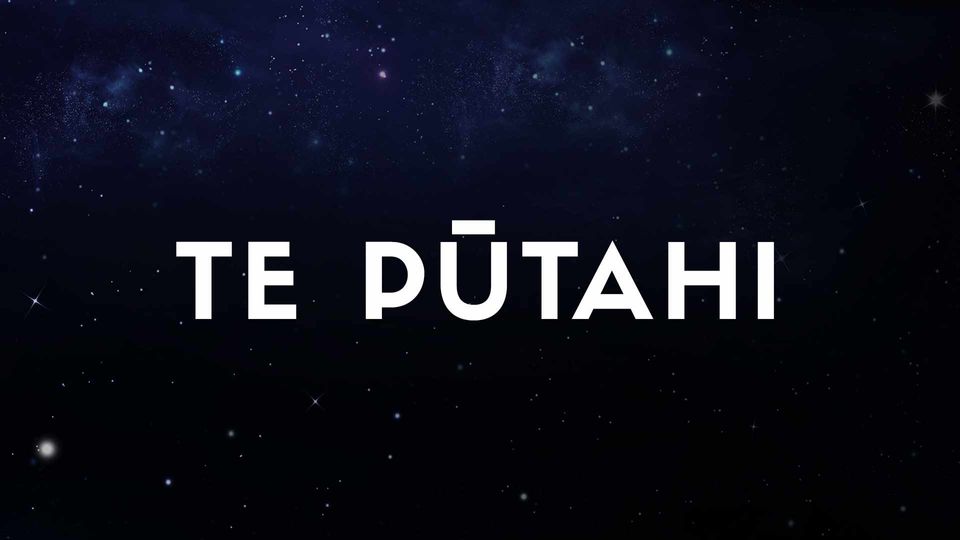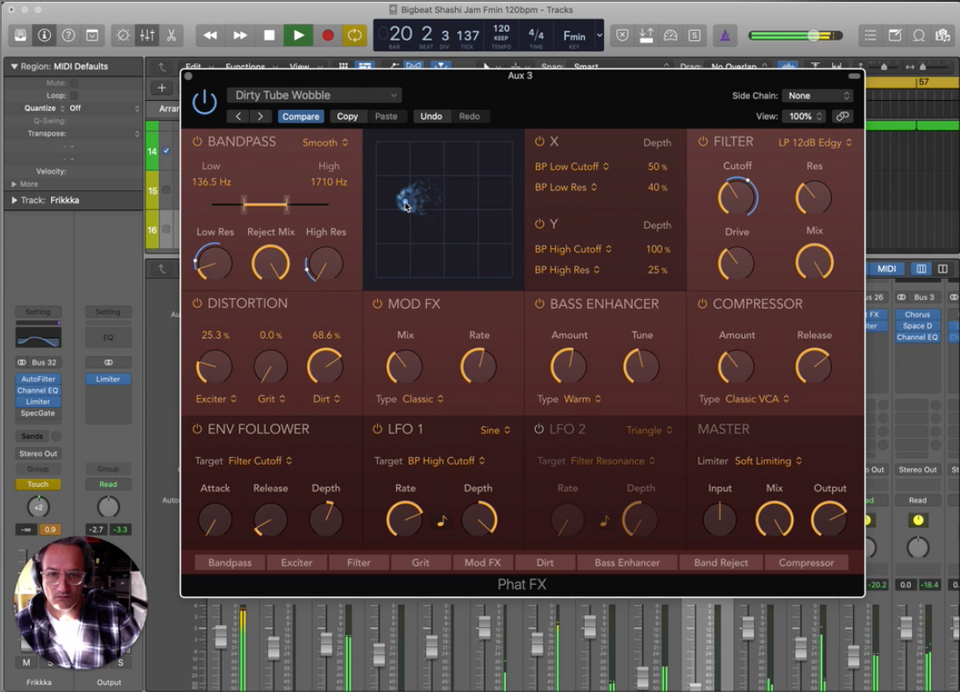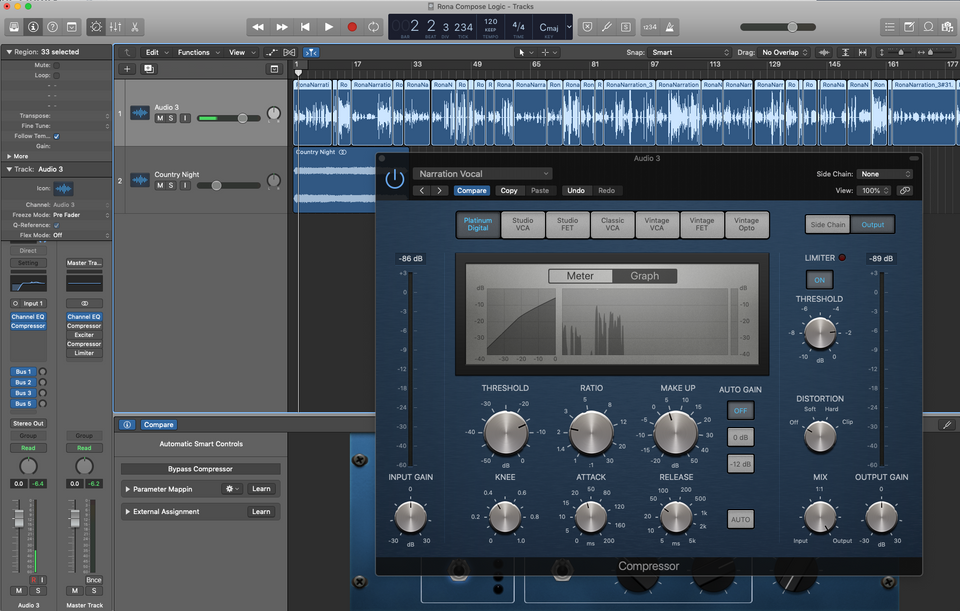This project started with a promise to help Takapuna Primary School for Matariki Māori New Year celebrations.
Thanks to my wonderful family and friends, knowledge and books magically appeared.
The first was a discussion with my wife Hina and friend Kathryn Akuhata-Brown, we read passages from 'Te Taiao: Maori and the Natural World' by David Bateman and looked in 'Ngā Mōteatea' by Jane McRae. Kath suggested we should follow the rituals of Matariki - I ❤️ that idea.
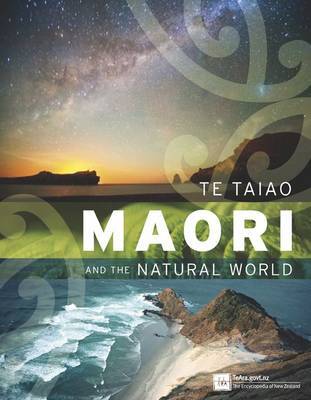
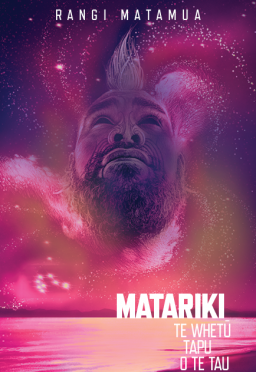
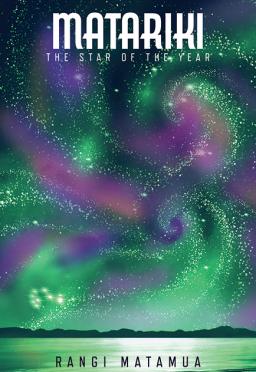
Then my mum (Nanny) and Phil (Koko) gifted two wonderful books by Dr Rangi Mataua, 'Matariki - The Star of the Year' and 'Matariki - Te Whetu Tapu o Te Tau' which can be purchased directly from Huia.
On the plane ride from Nelson to Auckland I was engulfed by the stories in these books. I let them slowly absorb and seep in. Each of the stars has a whakapapa (geneaology) and purpose in the Māori world. They relate to the Māori calendar (maramātaka) and represent different aspects of Matariki - regeneration, death, birth, weather, seasons, winds, rain, hangi, food, crops, gods, tributes and reflections.
I asked myself, what other kinds of stories are out there? What kind of stories are we telling our kids about Matariki? What facts are important to uphold today?
For me it was about connecting the young to the old. The kaumatua with knowledge, guiding the young. The transmission of knowledge.

The challenge was to create a fun kid friendly story (General Audience, G rating) without 'washing out' the main elements to appease to a modern Western cultural appetite. So I mulled over the idea of looking at Matariki through children's eyes.
Early Treatment
While I was collecting the kids from school, we stopped to get sushi. After watching the kids hammer their prawns and chicken, I recorded a rough idea on my phone:
🎙
As I walked home, I decided to not write anything and just let the ideas flow straight into the track recording software. Writing tends to abstract my brain into a slower creative method that strives perfection, and for me, striving perfection is the enemy of getting anything actually produced.
Production Flow
I fired up Adobe Audition, connected my microphone (MXL V67G) and started my session. In the end I decided to keep notes 😁 but only for the sake of tracking my position in the narration recording process and not for the creative flow.
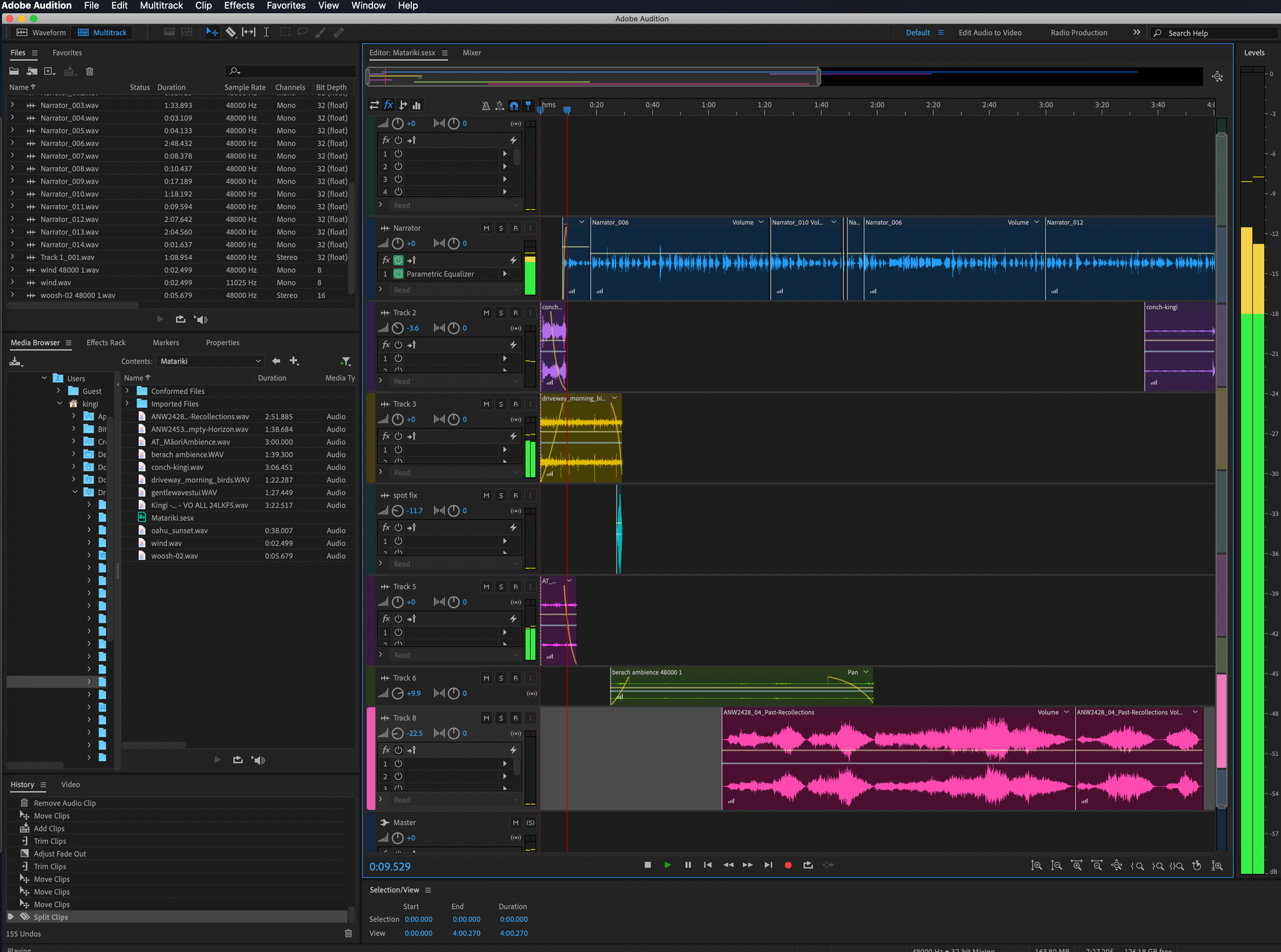
I started adding some sound effects from my library of Māori, ambiences and spot FX I have collected over the years. I used a custom recorded shell conch, some koauau (flute) and some musical instruments through my MIDI keyboard.
Audio Network supplied two orchestral instrument tracks and I purchased the license for play on YouTube videos (what's that? 🧐 - I want to be able share this story with the school for playback for the kids without some crazy copyright clause surprise or advertising injecting itself mid-story).
Visual Player 🎥
The next step was to make this video shareable on social media, so decided to create a simple audio waveform player using After Effects.
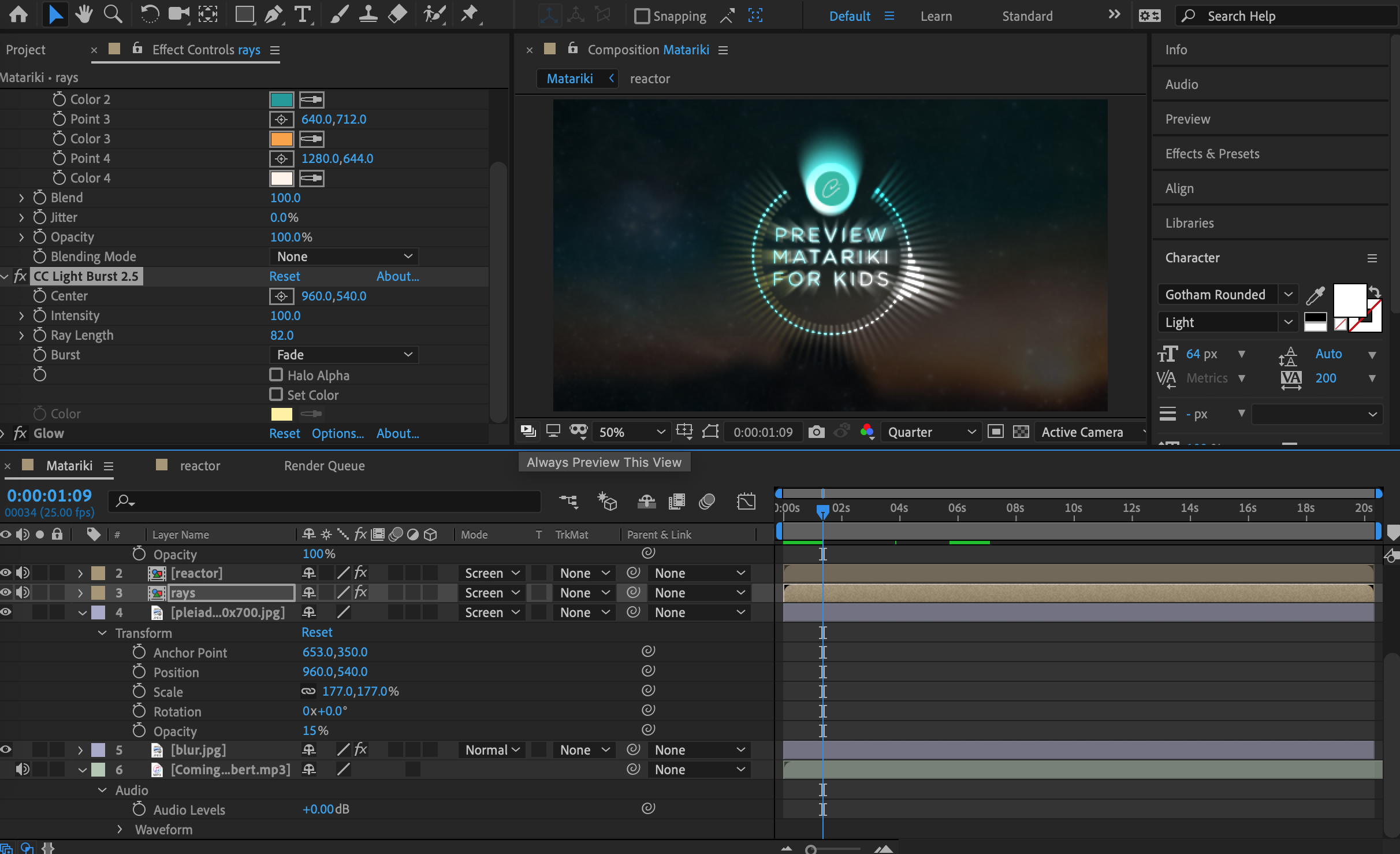
A small bit of wrapping up now to get the full project shareable.
Listen to the Preview 🎧
Here is a preview mix, let me know what you think:
Be notified 📧 when the full version is released
Once I am complete I will send out an email so join my mailing list. Every second week, I send out an email newsletter with my notes - the news that matters and what it might mean, plus any new blog posts.

